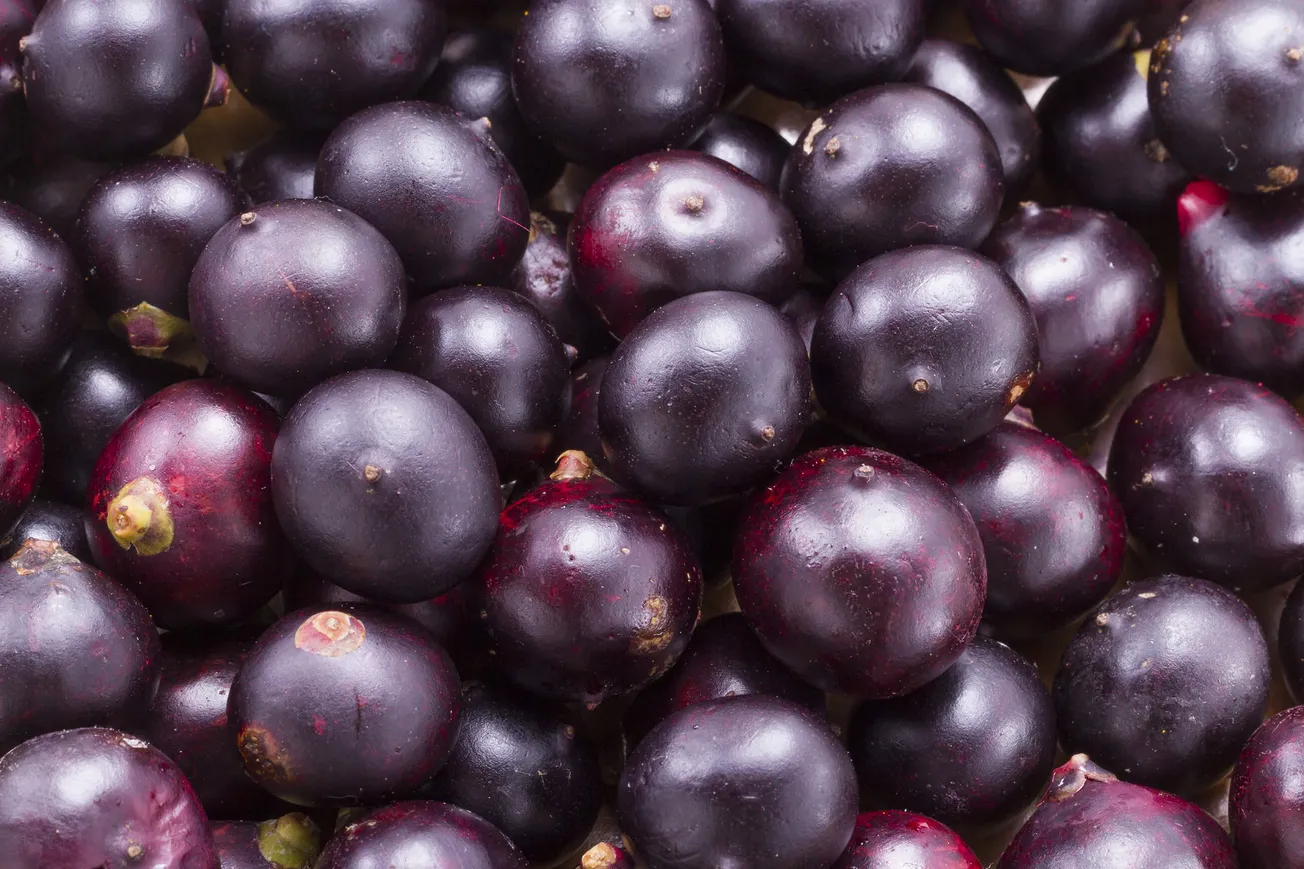Table of Contents
Apples: A Global Treasure of Flavor, Nutrition, and Commerce
From crisp, juicy bites in autumn orchards to their role in iconic dishes and beverages, apples (Malus domestica) are one of the world’s most versatile and beloved fruits. This article explores their diverse varieties, nutritional power, cultivation secrets, economic impact, and culinary uses.
1. Global Varieties of Apples
Thousands of apple cultivars exist, each with unique flavors, textures, and uses:
- Fuji: Sweet, crisp, and juicy; ideal for fresh eating (originated in Japan).
- Granny Smith: Tart, firm, and green; perfect for baking and salads.
- Gala: Mildly sweet with a floral aroma; popular in snacks and juices.
- Honeycrisp: Explosively crisp and sweet; a premium fresh-eating variety.
- Red Delicious: Mildly sweet, though often less flavorful; widely recognized.
- Golden Delicious: Sweet and mellow; excellent for pies and sauces.
2. Taste & Culinary Uses
- Flavor Profile: Ranges from honey-sweet (Fuji) to tart (Granny Smith).
- Usage:
- Fresh: Eaten raw, added to salads, or paired with cheeses.
- Baking: Pies, tarts, and crisps (e.g., classic apple pie).
- Cooking: Applesauce, chutneys, and glazes for meats like pork.
- Fermented: Cider, hard cider, and apple cider vinegar.
- Dried: Snacks or rehydrated in oatmeal and baked goods.
3. Nutrition & Health Benefits
- Nutritional Value (per medium apple, ~182g):
- Calories: 95 | Fiber: 4.4g (17% DV) | Vitamin C: 14% DV | Potassium: 6% DV
- Glycemic Index (GI): 36 (low), making them suitable for balanced blood sugar management.
- Health Benefits:
- Supports heart health (soluble fiber reduces LDL cholesterol).
- Aids digestion (fiber and polyphenols promote gut health).
- Antioxidants like quercetin combat inflammation.
- May reduce risk of diabetes and certain cancers.
4. Cultivation & Climate Requirements
- Ideal Conditions:
- Climate: Temperate zones with cold winters (7°C or below for 500–1,000 chilling hours).
- Soil: Well-drained, loamy soil; pH 6.0–7.0.
- Pollination: Cross-pollination by bees (e.g., Honeycrisp requires pollinators like Gala or Fuji).
- Harvest: Late summer to autumn, depending on variety.
5. Major Producers, Exporters & Importers
- Top Producers (2023):
- China (40+ million tons)
- USA (5 million tons)
- Poland (4 million tons)
- Turkey (3.5 million tons)
- Leading Exporters: USA (Washington State), Italy, France, Chile.
- Key Importers: Mexico, India, Germany, UK.
6. Apple Products & By-Products
- Juice/Cider: Fresh-pressed juice or fermented hard cider.
- Apple Sauce: Pureed apples, often spiced with cinnamon.
- Vinegar: Fermented into apple cider vinegar (used in dressings and health tonics).
- Dried Apples: Dehydrated slices for snacks or baking.
- Pomace: Leftover pulp used for animal feed or pectin extraction.
7. Storage & Preservation
- Fresh Storage:
- Short-term: Refrigerate in perforated bags (up to 4–6 weeks).
- Long-term: Commercial controlled-atmosphere storage (up to 12 months).
- Freezing: Slice and coat with lemon juice to prevent browning; store in airtight bags (10–12 months).
- Drying: Use dehydrators at 60°C for 6–12 hours.
8. Green Apples vs. Ripe Apples
- Green Apples (e.g., Granny Smith):
- Tart and crisp; ideal for baking (hold shape well).
- Higher malic acid content enhances savory dishes.
- Ripe Apples: Sweeter, softer; best for sauces and fresh eating.
9. Return on Investment (ROI)
- Costs: $10,000–$20,000/hectare (saplings, irrigation, labor, pest control).
- Yield: 20–40 tons/hectare in high-density orchards.
- Profitability: Premium varieties (e.g., Honeycrisp) fetch $2–$4/kg in Western markets.
10. Challenges & Innovations
- Pests/Diseases: Codling moth, apple scab, fire blight.
- Solutions: Integrated pest management (IPM), disease-resistant cultivars (e.g., Enterprise apples).
- Sustainability: Organic farming, precision irrigation, and pollinator-friendly practices.
Conclusion
Apples are a cornerstone of global agriculture and cuisine, celebrated for their adaptability, nutritional benefits, and economic value. From ancient orchards in Kazakhstan (the fruit’s origin) to modern super-intensive farms, apples thrive across diverse climates and cultures. Whether enjoyed fresh, baked into a pie, or fermented into cider, their universal appeal endures.
Quick Recipe: Spiced Apple Chutney
- Dice 4 apples and simmer with 1 cup vinegar, ½ cup sugar, 1 tsp ginger, ½ tsp cinnamon, and a pinch of cloves.
- Cook until thickened (30 mins). Serve with cheeses or roasted meats.
Enjoy the crisp, timeless charm of apples! 🍎









